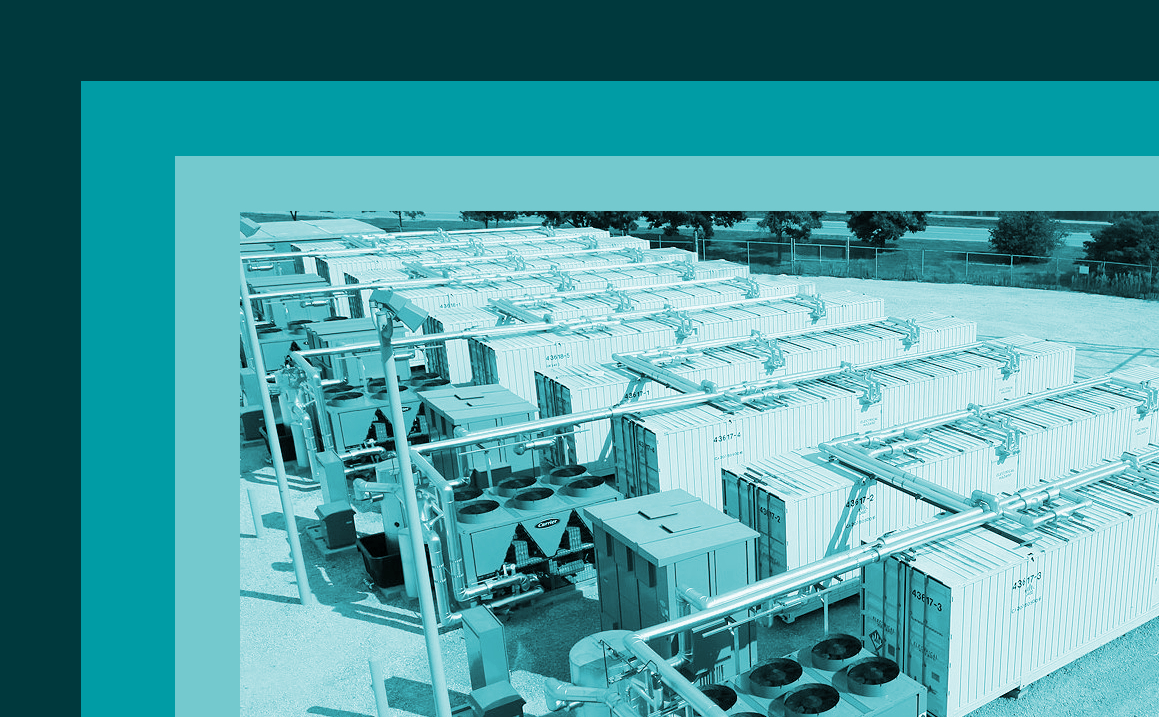8 tips for gaining Planning Permission for Battery Storage

Battery Storage will be the future of energy in the UK. This new and developing technology has already seen some high-profile projects gaining traction. Grid balancing services will not only provide much-needed support to our electrical network, it will also allow us to even out the peaks and troughs of renewable energy generation.
Like with any development, planning is a major consideration. Battery Storage does not yet have defined planning legislation and with the role-out of these sites set to increase, our Consultants have highlighted some of the potential planning and environmental considerations that every developer should think about when designing a site.
1. Information
Good quality information is always vital to get a quick and fair planning decision. As with all new technology, Local Authorities will be keen to understand the implications of allowing this type of development. Ensuring you provide accurate and transparent information at an early stage will help speed up the planning process.
2. Noise
Cooling fans, inverters and even construction noise can be a cause for concern for residents and LPAs so it is important that these are investigated properly by a professional consultant. Biomass, solar and wind projects have all fallen foul of enforcement notices during operation because of noise complaints. It’s best to make sure you are confident your development will meet the criteria required.
3. Flood Risk
As well as looking at the flood risk to your site, is your development going to cause any issues? Are you changing the surface by adding hardstanding or concrete? With flooding becoming a more central issue to the planning process it is important to understand your development impacts.
4. Security
With high voltage electricity and valuable assets, security is an important consideration for commercial scale battery assets; has this been detailed and designed into your planning application? Other considerations can be the visual impact of security fencing and the overlooking from CCTV installations.
5. Landscape & Visual Impact
Whilst many battery storage projects will be within urban and industrialised areas, we are already seeing these projects being incorporated into renewable energy developments in the countryside.
Ensuring that battery projects are sympathetic to their setting by way of location and design greatly increase the chance of a successful planning application. Cladding, hard landscaping and screening planting are all important things to consider.
6. Existing planning conditions
Are there any existing planning conditions on the site to consider? Will your development have an implication for ongoing activities or processes for the site owner? A full review of the planning history can make sure the development is free of restrictions.
7. Access
Every site will require access. If this is using an existing access route then the traffic concerns will be more related to volumes and timing of traffic. However, if you are proposing a new entrance for construction or maintenance, sightlines, traffic volumes and construction management can be important.
8. Development Area
As technology and the grid network requirements change, sites are likely to need to be adapted to suit newer modules. When designing the site there should be a level of flexibility built in to allow layouts to be changed over the lifetime of the project. Any changes required to DNO infrastructure should be accommodated too, to reduce the likelihood of new permissions being needed later in the development lifecycle.
